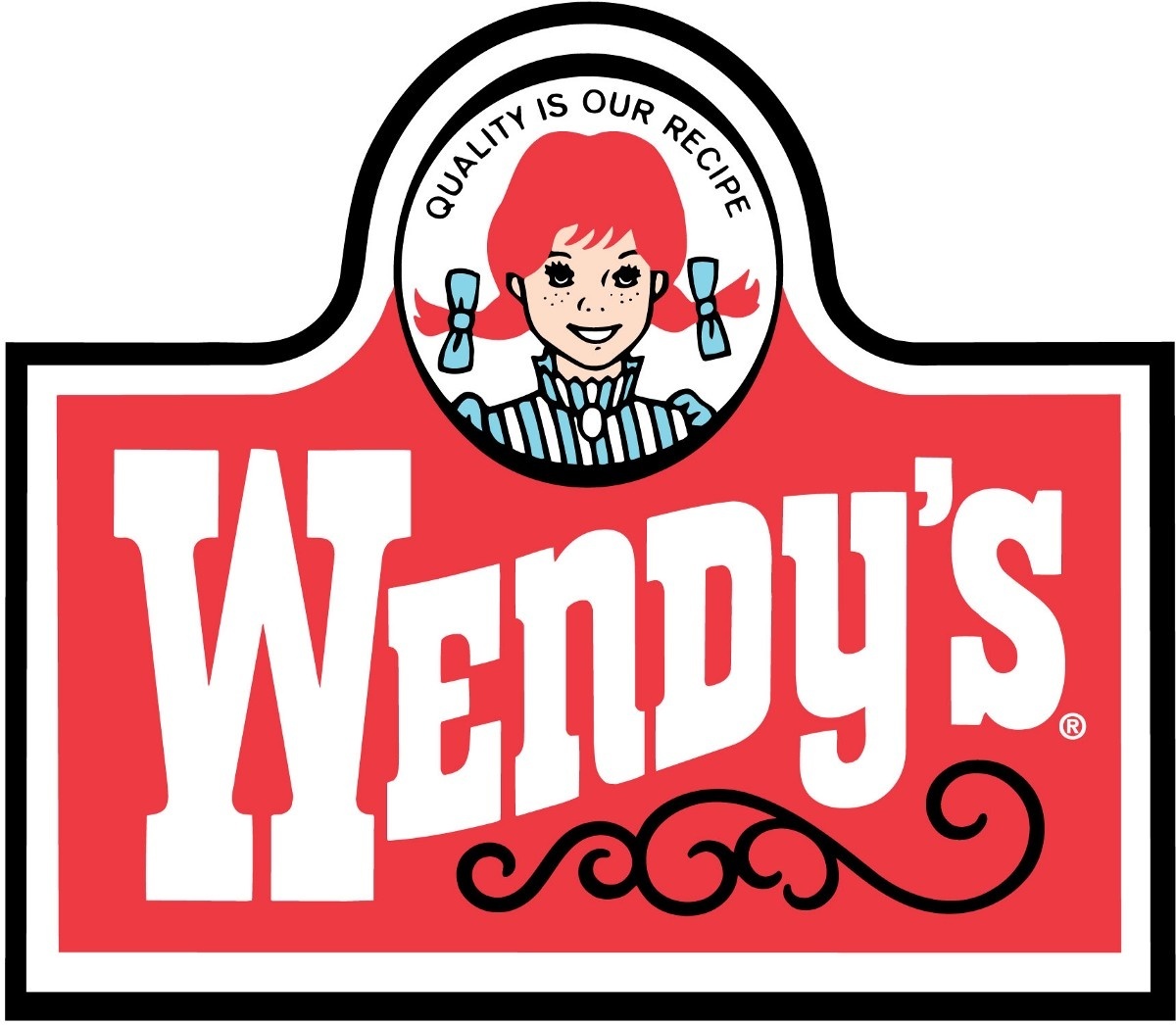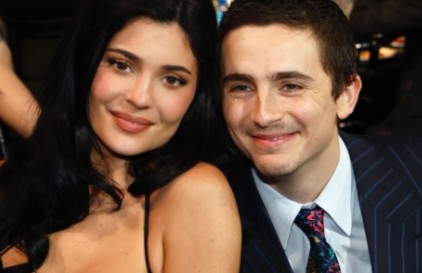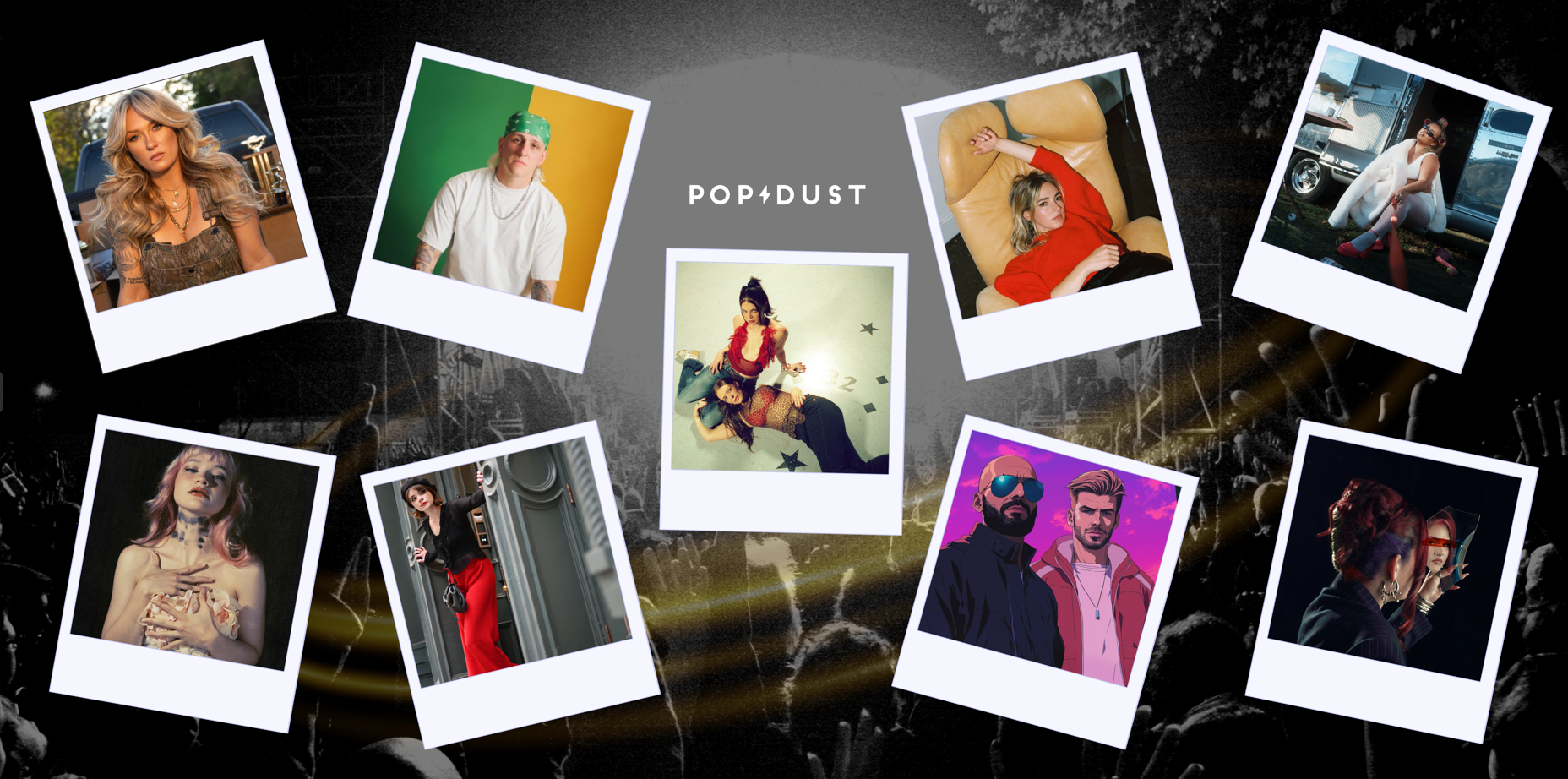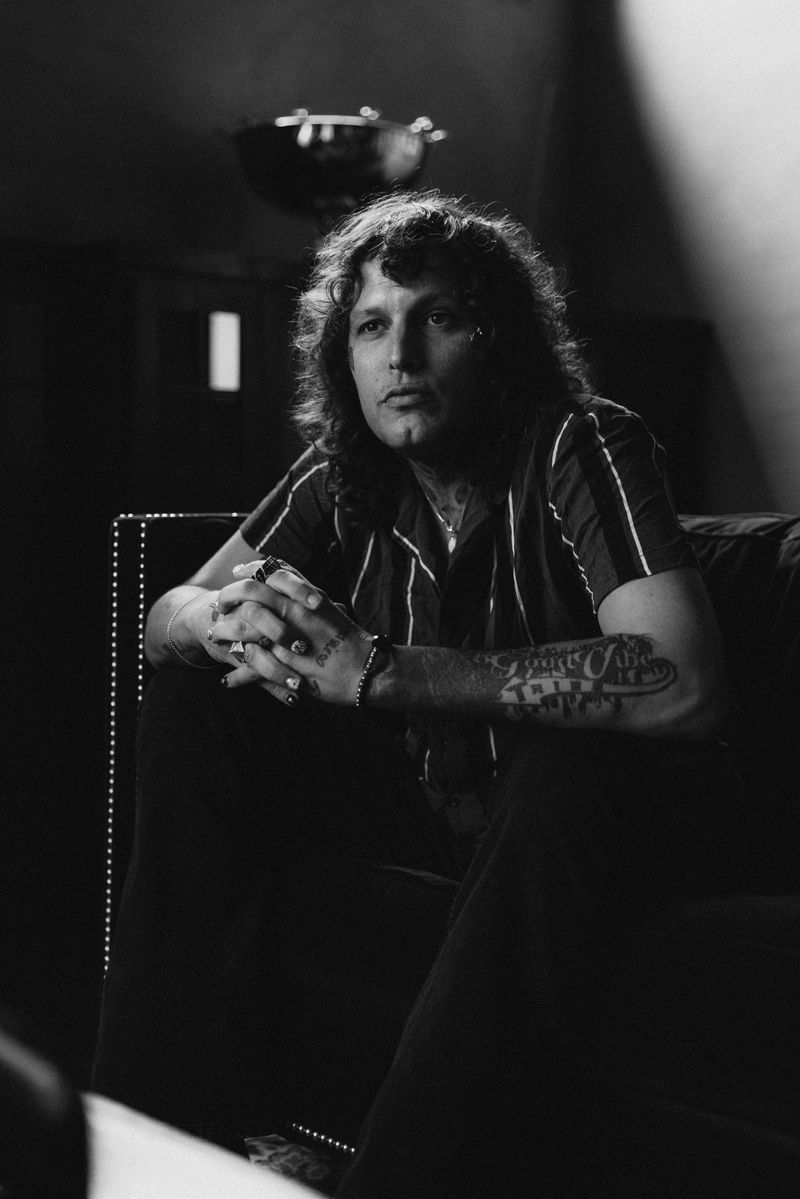
Wendy's
If you’ve spent any time on Twitter, then you already know Wendy’s has the coolest social media presence of any company ever.
Their Twitter account is renowned for its sharp-wittedness and “savage” roasts targeting both competing fast food chain and its own consumers. Amidst pushing Wendy’s classic “fresh, never frozen” mantra, jokes about users’ physical appearances never seem out of place. As such, they’ve gained a massive following on Twitter (3 million plus users) along with a good deal of street cred amongst meme lords.
Their prominence on social media has translated into massive revenue for the company. Unsurprisingly, tons of other brands are now striving to emulate Wendy’s voice on Twitter with the goal of attracting the coveted 18-24 demographic, a group that typically has no interest in brand interactions. This is the result:
SunnyD, the kind-of-orange drink brand, tweeted “I can’t do this anymore,” eliciting 346,000 likes, 152,000 retweets, and “concerned” responses from MoonPie, Pop-Tarts, Crest, Corn Nuts, Uber Eats, Wikipedia, Healthline, and Pornhub.
On one hand, the notion of a children’s drink brand experiencing an existential crisis is funny. It’s funny in the exact ironic way that memelords love. SunnyD accomplished exactly what it set out to do with its Tweet.
On the other hand, SunnyD isn’t depressed. MoonPie isn’t concerned. It’s not one guy on social media talking to another guy on social media through corporate accounts. It’s multiple teams of social media professionals curating ironic brand voices to sell products for a massive parent organization. It’s the humanization of brands, capitalism’s final frontier.
The Changing Ad-Scape
Historically, advertising has largely been focused around selling consumers an experience. This product will make you look cooler. This product will make people like you. This product will make your life easier. This product will bring you joy.
A good example of this is the famous Carousel scene from Mad Men, which shows marketing master Don Draper pitching Kodak on how to best frame their newest product.
Mad Men – The Carousel (Higher Quality)www.youtube.com
Draper paints a picture of nostalgia for Kodak. Consumers aren’t buying “The Carousel.” They’re buying a portal to their favorite memories. While marketing methods are always adapting, for decades, brands were focused on selling experiences like these.
But things have changed. Millennials, and to a greater extent, Gen Z, don’t trust brands like older people do. Not only do younger generations have way more options, but many of them dislike large corporations on principle. Considering their massive buying power as a market segment, major brands have struggled to keep up.
For a while, irreverent humor seemed like the way to go. Brands like Old Spice created strange, funny commercials to draw in younger audiences with the hope that if they didn’t respond to the product, they would at least respond to the comedy.
Old Spice | The Man Your Man Could Smell Likewww.youtube.com
This worked very well, but in the advertising world when something works, everybody tries to get a piece. Soon, irreverent comedy in marketing became hackneyed and try-hard, with every other company aiming to be “funny.” American Express went so far as to convince Tina Fey to do the least funny thing in her entire career:
Which leads us to the present. Irreverent humor no longer seems to be a legitimate strategy. If brands want to connect, they need to connect on Gen Z’s home turf: social media.
The Danger of Viewing Brands as Human
Today, brand voice is everything. On social media, brands can’t just be impartial advertisers if they want to stand out from their competition. They need a personality.
Some, like Nike and Gillette, aim to be political in an effort to appear more socially conscious.
Campaigns like these generate a lot of social buzz, but come off as disingenuous considering many of these companies also utilize slave labor. After all, no matter what they say in their campaigns, the ideal large corporations hold dearest is that of maximizing profits.
The other far less controversial option is to meme. This makes sense considering the prolific nature of meme culture across social media. Provided they have a savvy, young team of social marketers, curating an ironic, savage™ brand persona is a surprisingly easy way for brands to connect with their target audiences. It humanizes them and makes them seem cool in a way that shoehorned social justice campaigns cannot.
But, therein lies the problem. Ironic brand voices are just as inauthentic as corporate-sponsored social justice campaigns and to pretend otherwise is to buy into a marketing ploy.
To clarify, there’s nothing wrong with liking a brand, enjoying it’s marketing, and spending your money on its products. If you realize Wendy’s savage brand voice is all an attempt to get you (presumably someone in their teens-early 30s) to buy burgers, awesome.
The danger is not understanding that you are being blatantly marketed to and pandered to in the same way that Don Draper panders nostalgia through Kodak. The means may have changed, but the mission is exactly the same.
Go ahead, enjoy the hilarity of Wendy’s burns. Enjoy SunnyD’s depression. Enjoy MoonPie’s whatever the hell this is:
Because it’s funny. Just remember, it’s all marketing. It’s all intended to make you spend your money. It’s not really ironic. It’s capitalism in a funny outfit.
Dan Kahan is a writer & screenwriter from Brooklyn, usually rocking a man bun. Find more at dankahanwriter.com
POP⚡DUST | Read More…
5 Romantic Movie Gestures That Are Actually Super Creepy
Now In Theaters: 5 New Movies for the Weekend of February 15
Why Bad Movies Are Better Than Good Ones
- Funniest Brand Tweets: Charmin, Taco Bell, Old Spice Top Ranking … ›
- Funny Tweets & Social Media Examples From 17 Real Brands ›
- 28 Brutally Honest Tweets From Companies Who Stopped Giving A … ›
- 12 of the Funniest Brands on Twitter ›
- The top 10 brands that nailed Twitter in 2017 | PR Week ›
- The 25 Funniest Brand Twitter Accounts You Should Be Following … ›
- The Wendy’s Twitter account roasted brands for #NationalRoastDay ›













